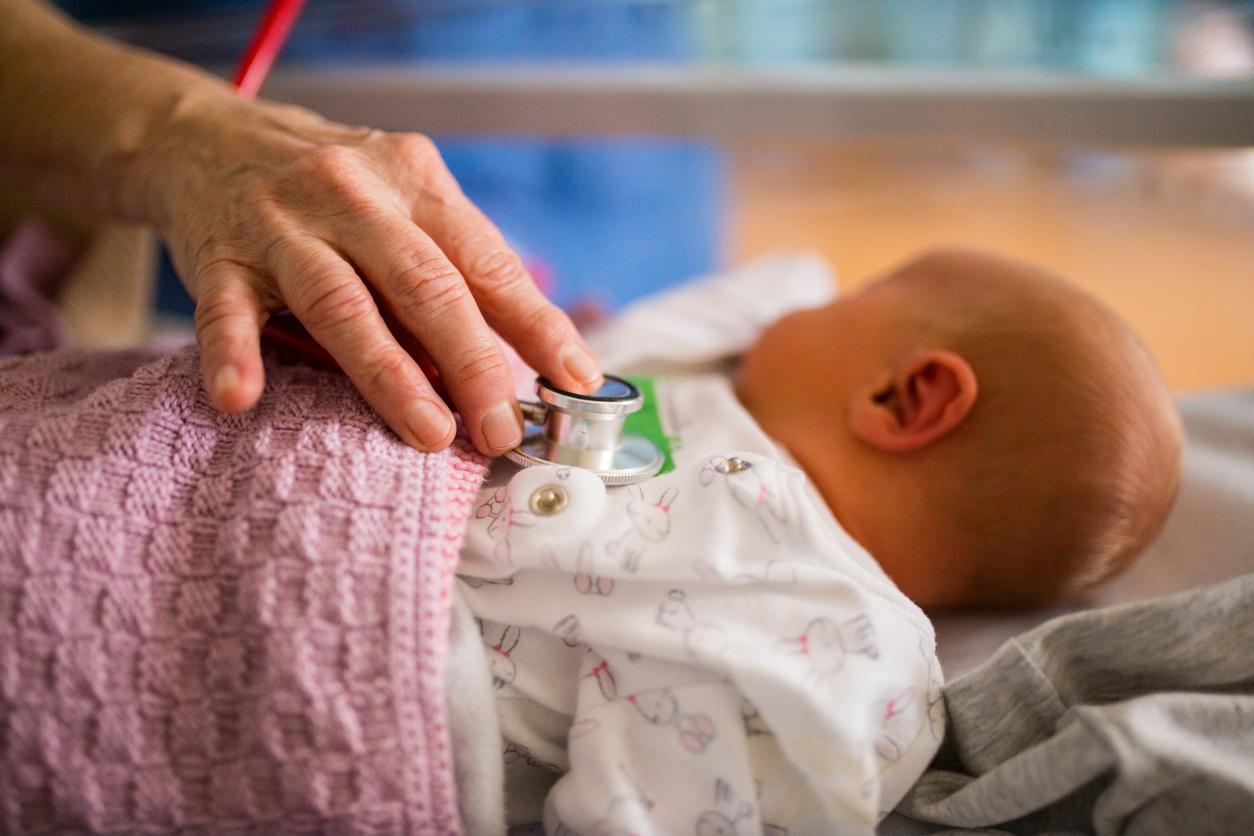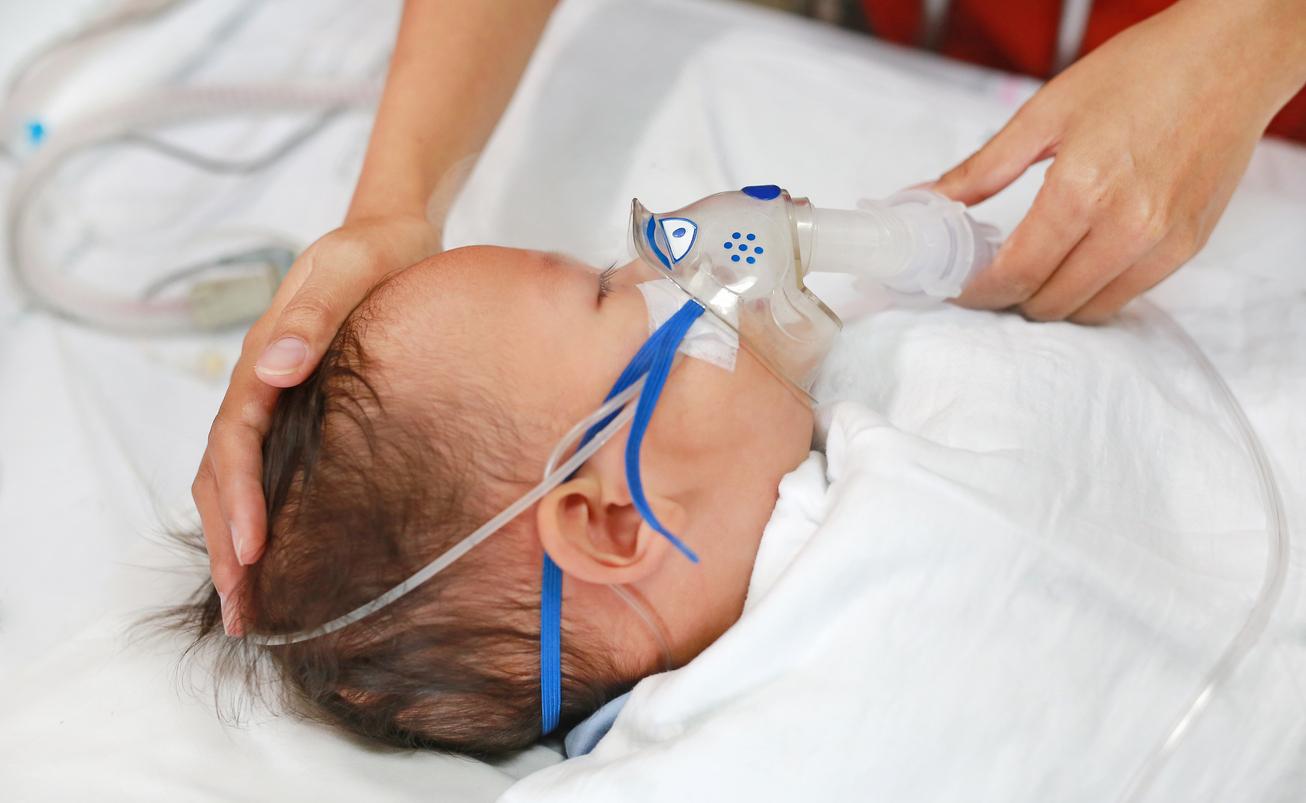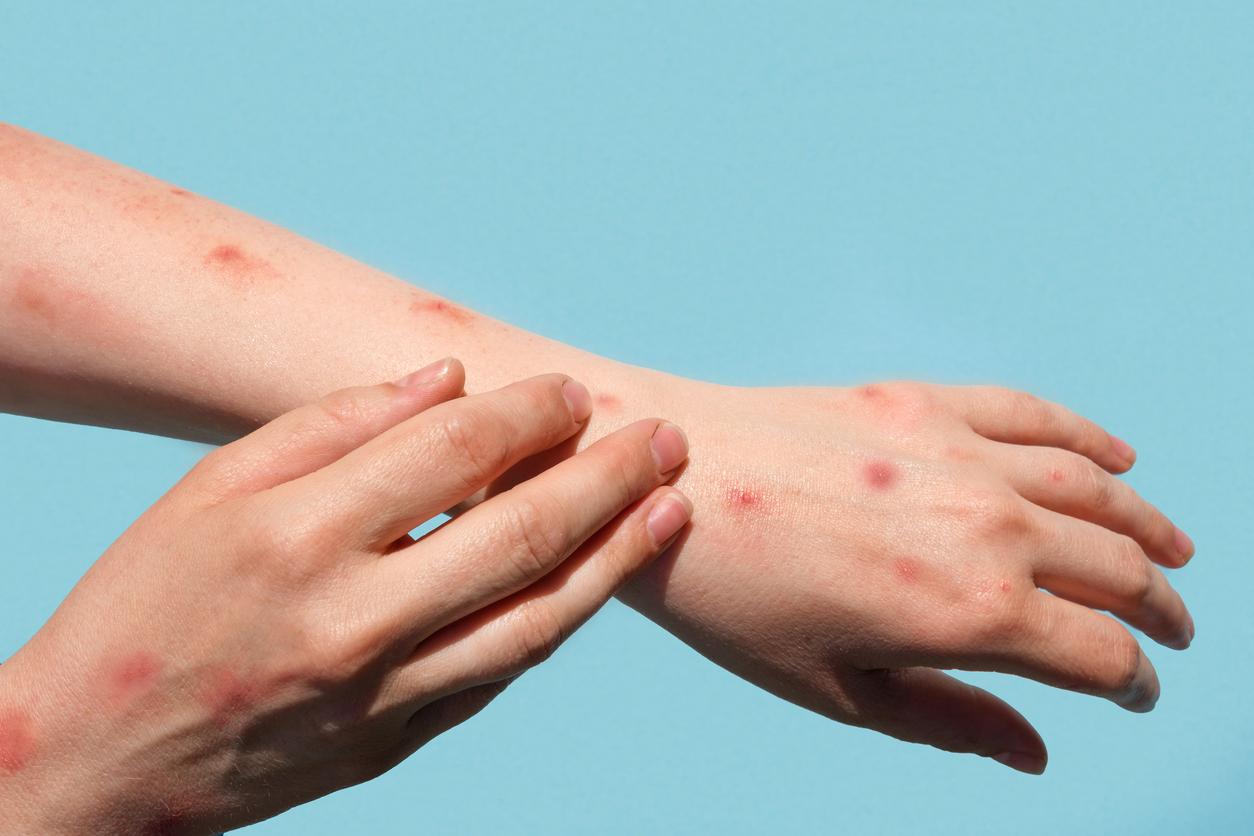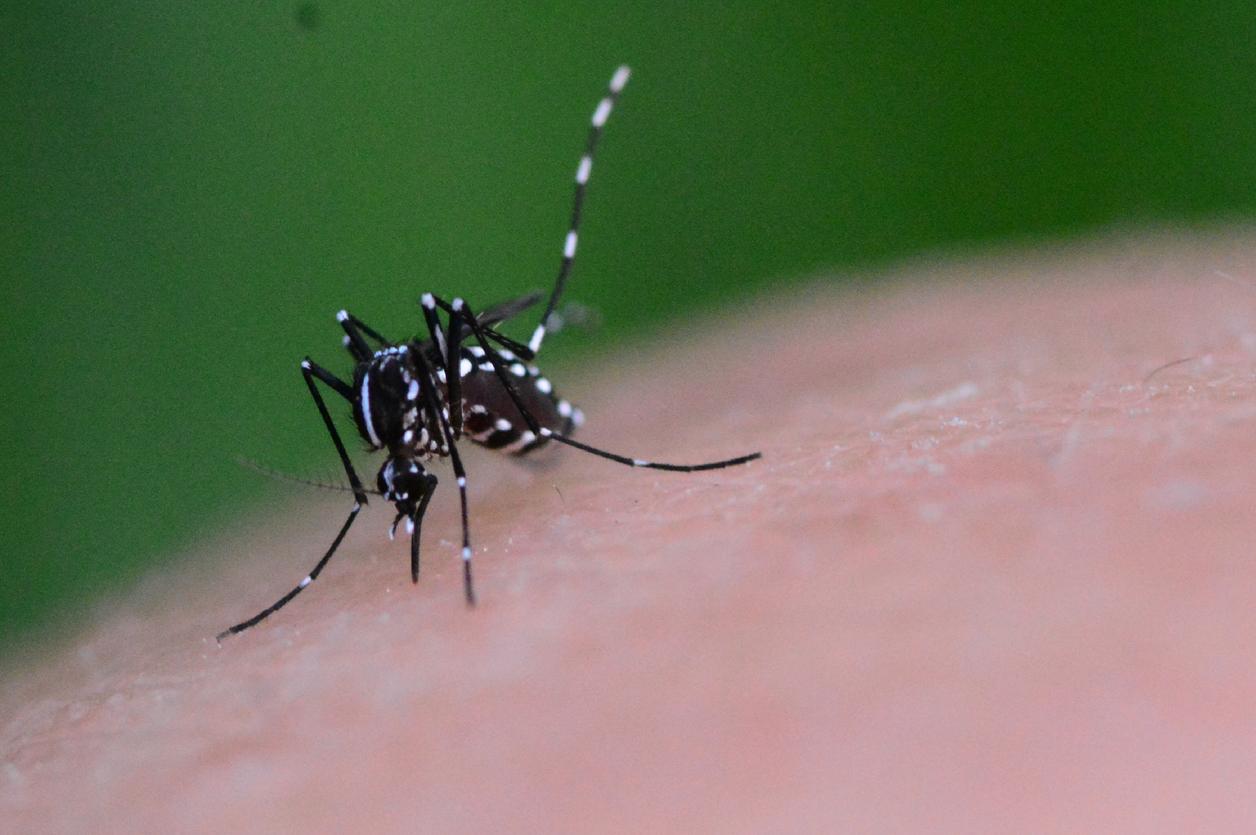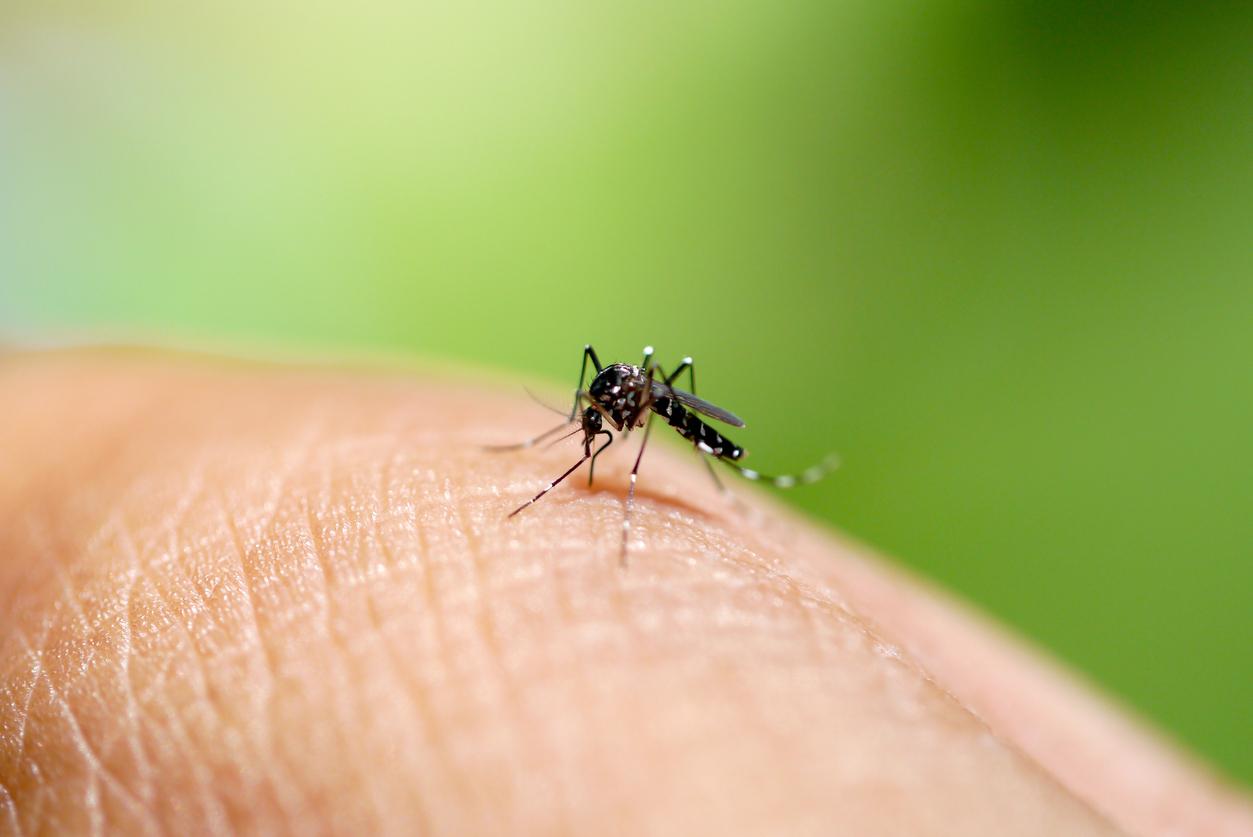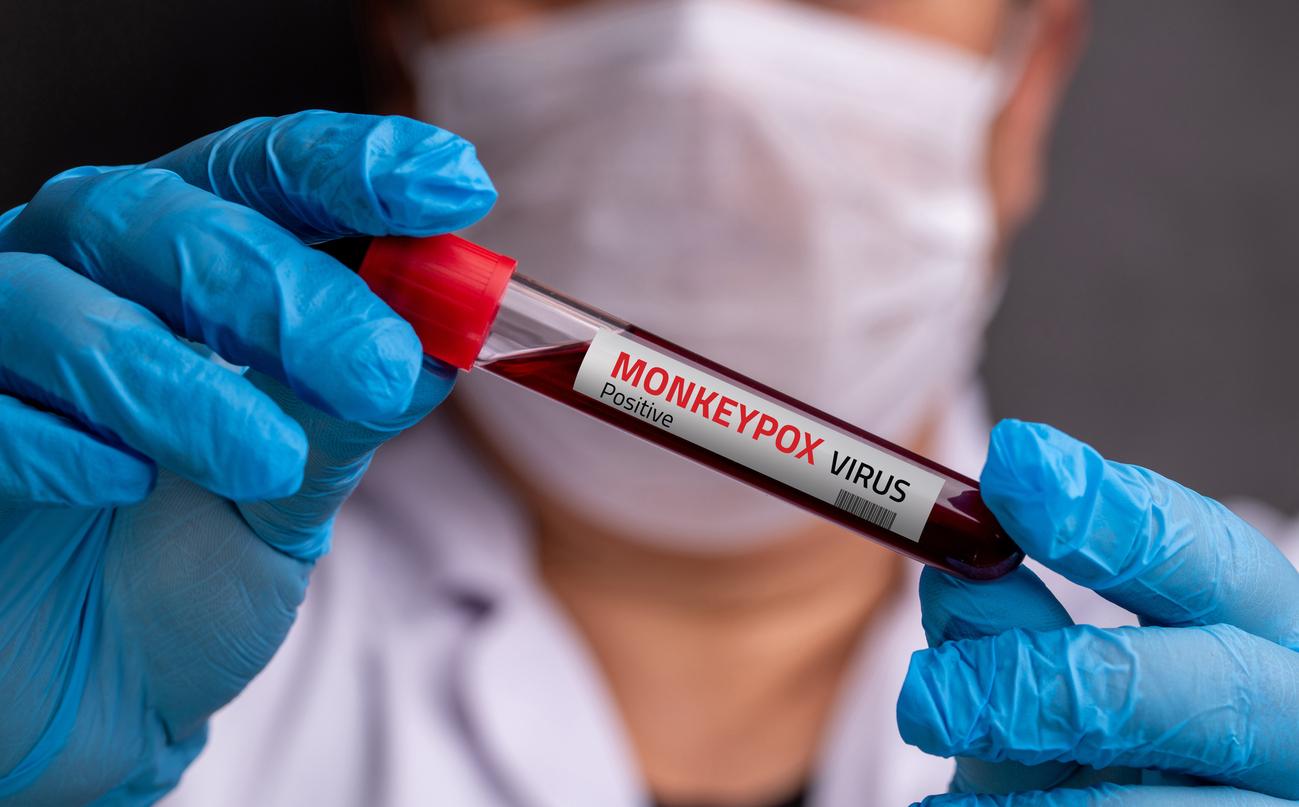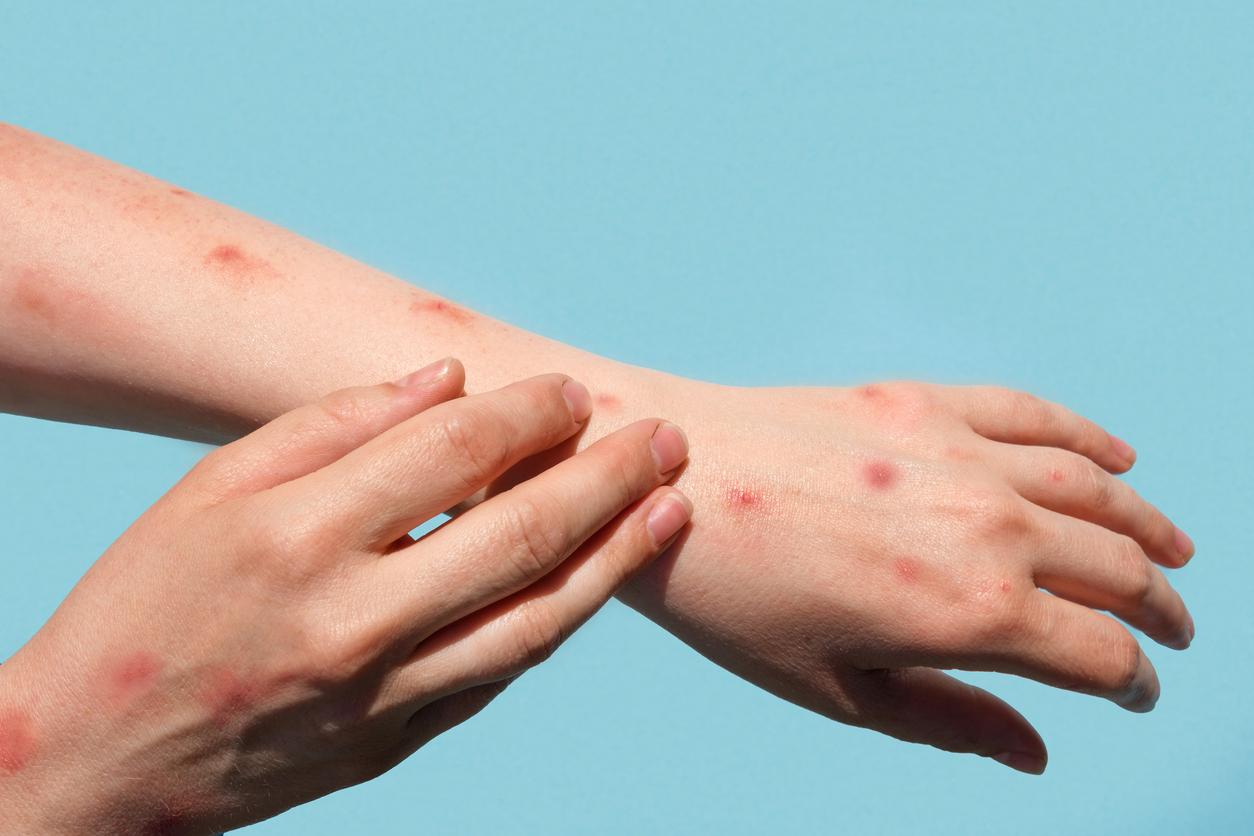Since the start of the epidemic, the Republic of Guinea has not been spared the spread of the Ebola virus, which has also affected Sierra Leone and Liberia. In total, more than 1,200 people have died in this country and if the virus still seems quite active in the Guinean forest, in the south of the country, “the epidemic seems to be stabilizing in the rest of the country and in particular in Conakry, the capital of the country,” said Dr Guénaël Rodier, deputy director responsible for communicable diseases at the World Health Organization (WHO).
The latter recognizes, however, that the battle of the health authorities against the disease is far from won, especially since the virus now seems to want to spread also in other parts of West Africa, in particular in Mali where 6 people have died and where a 7th case has been declared.
“If we strengthen the means to fight against Ebola, then we can hope to eradicate this epidemic by mid-2015,” underlined the Secretary General of the United Nations, Ban Ki-moon.
How is Ebola transmitted?
People become infected when they come into direct contact with a wound on the skin (or mouth or nose), with blood, vomit, stool or bodily fluids from a person who has the Ebola virus.
The virus can also be present in urine and semen.
Finally, infection can also occur through direct contact with contaminated bedding, clothing and surfaces – but only through a wound on the skin.
Read also
Everything you need to know about the Ebola virus
Already more than 5,100 dead worldwide
Ebola: vaccines tested in Africa in December










